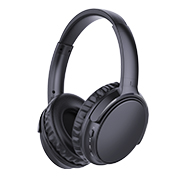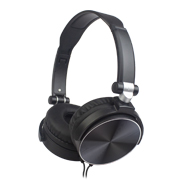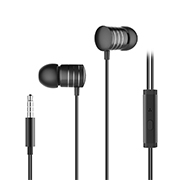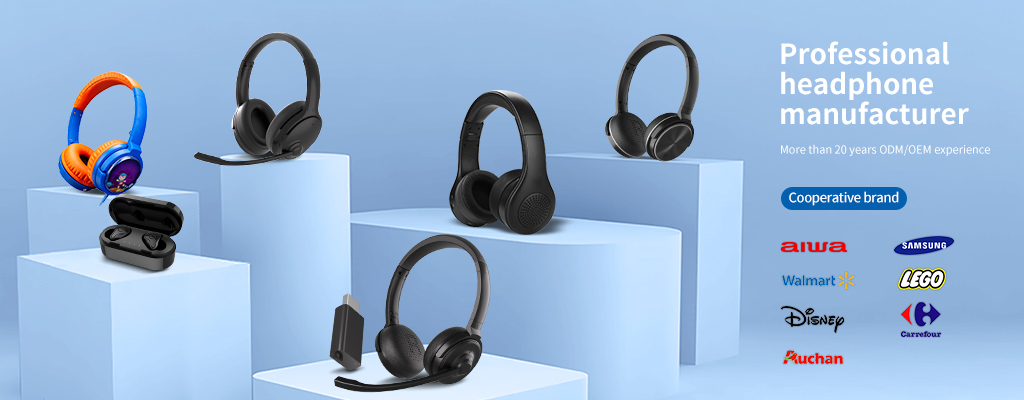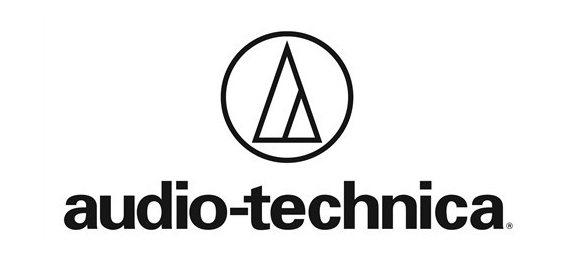
- factory address
D Building,Pioneer Park,3rd Industrial Zone Fenghuang Village, Fuyong Town,Baoan DistrictShenzhen,Guangdong,China
Types of Headphone
Types
Headphone size can affect the balance between fidelity and
portability. Generally, headphone form factors can be divided into four
separate categories:circumaural, supra-aural, earbud, and in-ear.
Circumaural
Circumaural headphones have large pads that surround the outer ear.
Circumaural headphones (sometimes called full size headphones) have
circular or ellipsoid earpads that encompass the ears. Because these
headphones completely surround the ear, circumaural headphones can be
designed to fully seal against the head to attenuate external noise.
Because of their size, circumaural headphones can be heavy and there are
some sets that weigh over 500 grams. Ergonomic headband and earpad
design is required to reduce discomfort resulting from weight.
Supra-aural
A pair of supra-aural headphones.
Supra-aural headphones have pads that press against the ears, rather
than around them. They were commonly bundled with personal stereos
during the 1980s. This type of headphone generally tends to be smaller
and lighter than circumaural headphones, resulting in less attenuation
of outside noise. Supra-aural headphones can also lead to discomfort due
to the pressure on the ear as compared to circumaural headphones that
sit around the ear. Comfort may vary due to the earcup material.
Open or closed back
Both circumaural and supra-aural headphones can be further differentiated by the type of earcups:
Open-back headphones have the back of the earcups open. This leaks more
sound out of the headphone and also lets more ambient sounds into the
headphone, but gives a more natural or speaker-like sound and more
spacious "soundstage" - the perception of distance from the source.
Closed-back (or sealed) styles have the back of the
earcups closed. They usually block some of the ambient noise, but have a
smaller soundstage, giving the wearer a perception that the sound is
coming from within their head. Closed-back headphones tend to be able to
produce stronger low frequencies than open-back headphones.
Semi-open headphones, have a design that can be
considered as a compromise between Open-back headphones and Closed-back
headphones. This may imply that the result combines all the positive
properties of both designs. Some believe the term "Semi-open" is purely
there for marketing purposes. While there is no exact definition for the
term semi-open headphone, there are designs that can be considered as
such. Where the open-back approach has hardly any measure to block sound
at the outer side of the diaphragm, and the closed-back approach,
really has a closed chamber at the outer side of the diaphragm, a
semi-open headphone can have a chamber to block sound partially while
leaving some sound through, via openings or vents.


